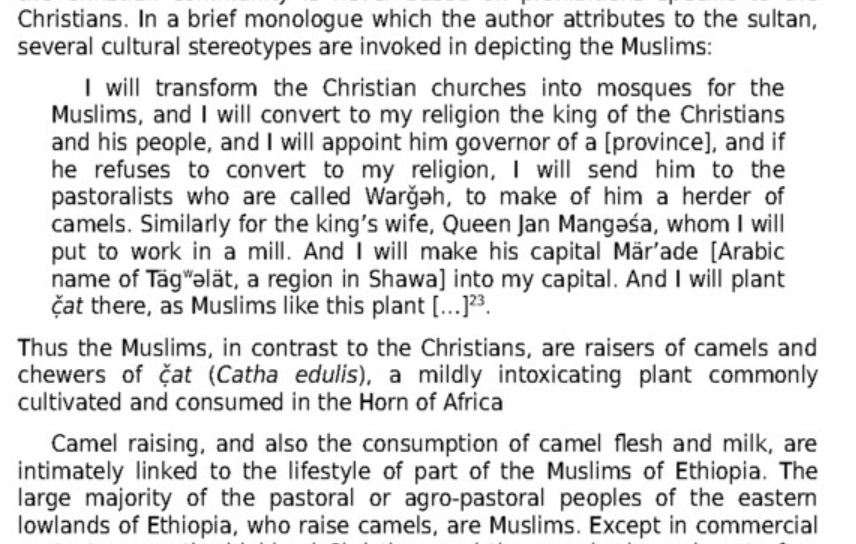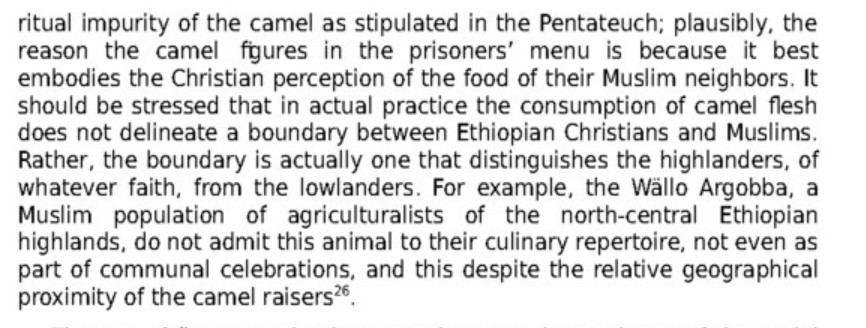Anyone who thinks nomads are incapable of building civilization are ignorant of history at best and intentionally dishonest at worst. Various nomadic cultures from the Arabs, to Turkics, to the ancient Scythians all had complex and developed societies with advanced trade networks and numerous towns and urban centers linking those networks together. Ibn Battuta flat out also describes a huge city like Mogadishu as being nomadic in character.
Even within Africa, nomadic cultures like the Tuaregs and Fula people had plenty of towns and kingdoms which dare I say, were more advanced than the farmer based societies of most of Sub-Sahara Africa. And of course, I'm sure many of you know how sedentary medieval Ethiopia was almost entirely devoid of any proper urbanism with its kings preferring nomadic encampments as their capitals.
Even within Africa, nomadic cultures like the Tuaregs and Fula people had plenty of towns and kingdoms which dare I say, were more advanced than the farmer based societies of most of Sub-Sahara Africa. And of course, I'm sure many of you know how sedentary medieval Ethiopia was almost entirely devoid of any proper urbanism with its kings preferring nomadic encampments as their capitals.






